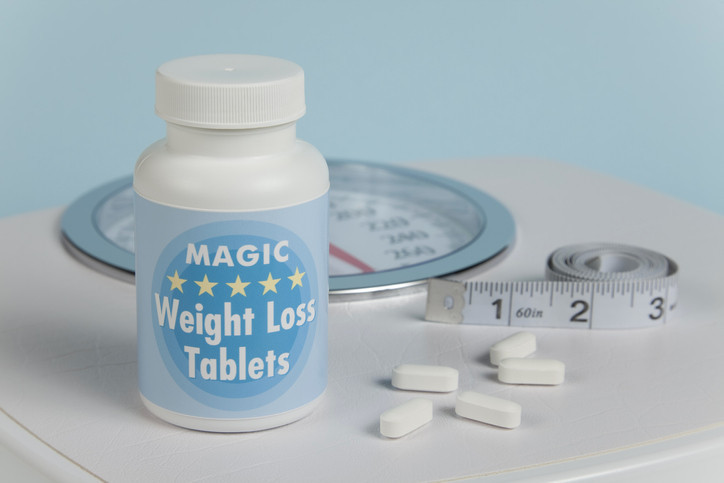
Counting steps is good — is combining steps and heart rate better?

Appendix pain: Could it be appendicitis?

Can saw palmetto treat an enlarged prostate?

How does Ozempic work? Understanding GLP-1s for diabetes, weight loss, and beyond

Zinc: What it does for the body, and the best food sources

Respiratory health harms often follow flooding: Taking these steps can help

Tips to leverage neuroplasticity to maintain cognitive fitness as you age

Can white noise really help you sleep better?

Celiac disease: Exploring four myths

What is prostatitis and how is it treated?
Nutrition Archive
Articles
Grill your way to better health
How to hydrate
Vitamin D and the big C
Fruit of the month: Stone fruits
More clues about the healthiest carb choices
High-glycemic diets could lead to big health problems
Returning to restaurants — and to healthy eating
Using weight loss or sports supplements? Exercise caution
Magical claims are made in ads for dietary supplements marketed to enhance well-being and solve health problems. But the reality is that most do little or nothing to improve your health, and in some cases weight loss or sports supplements might actually harm you.
By the way, doctor: Is spirulina good for you?
Potassium and sodium out of balance
The body needs the combination of potassium and sodium to produce energy and regulate kidney function, but most people get far too much sodium and not enough potassium.

Counting steps is good — is combining steps and heart rate better?

Appendix pain: Could it be appendicitis?

Can saw palmetto treat an enlarged prostate?

How does Ozempic work? Understanding GLP-1s for diabetes, weight loss, and beyond

Zinc: What it does for the body, and the best food sources

Respiratory health harms often follow flooding: Taking these steps can help

Tips to leverage neuroplasticity to maintain cognitive fitness as you age

Can white noise really help you sleep better?

Celiac disease: Exploring four myths

What is prostatitis and how is it treated?
Free Healthbeat Signup
Get the latest in health news delivered to your inbox!
Sign Up











